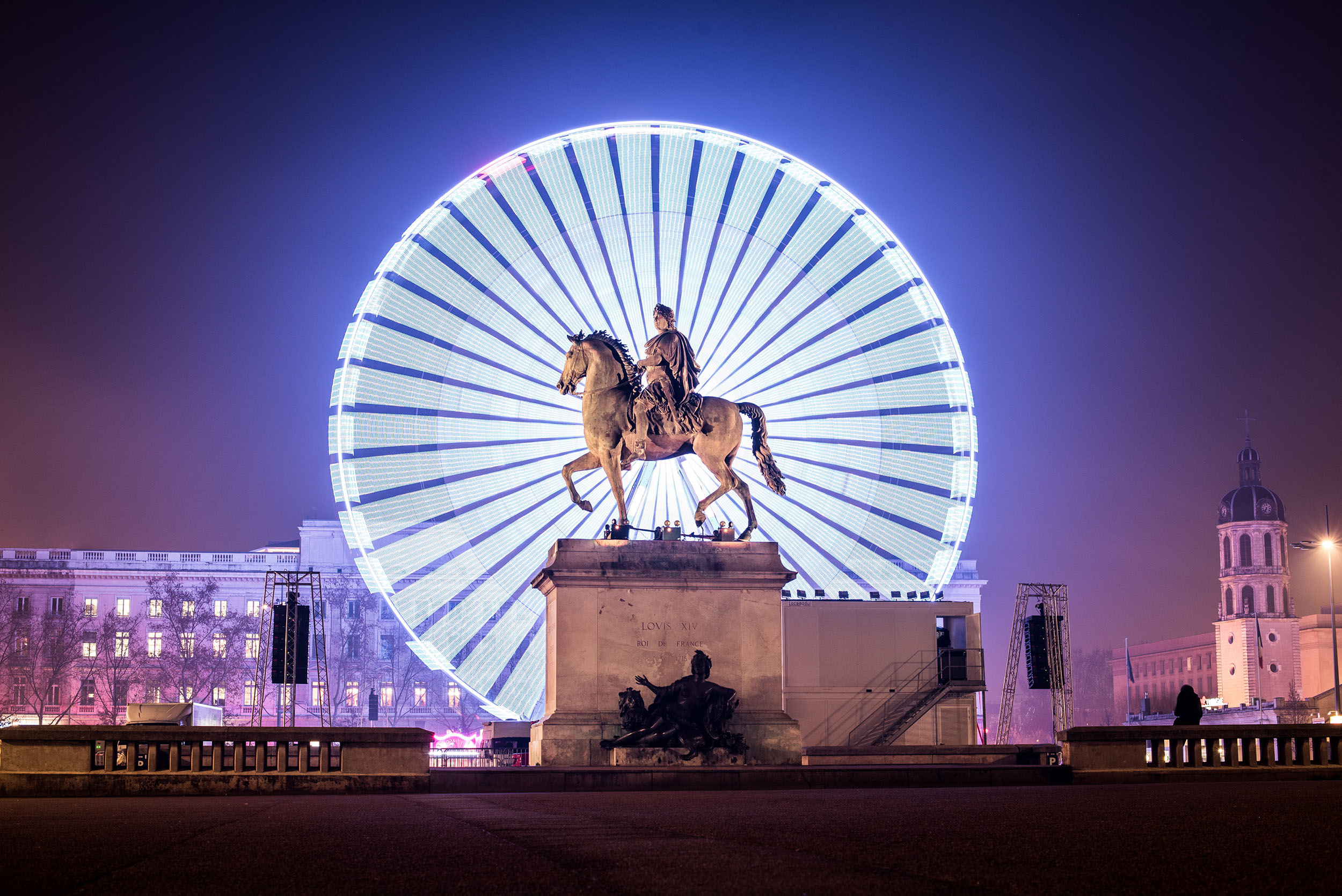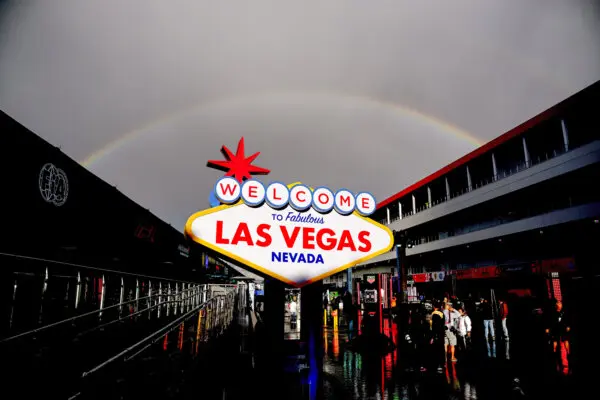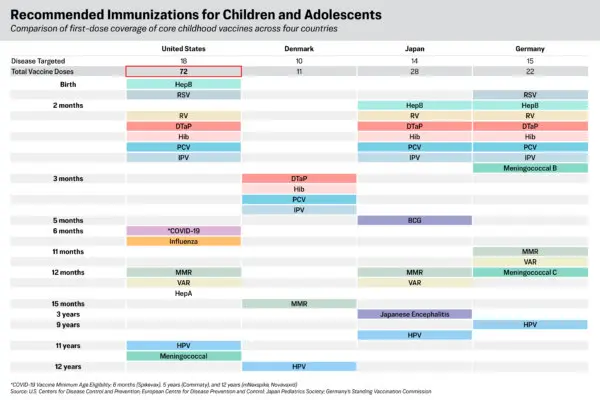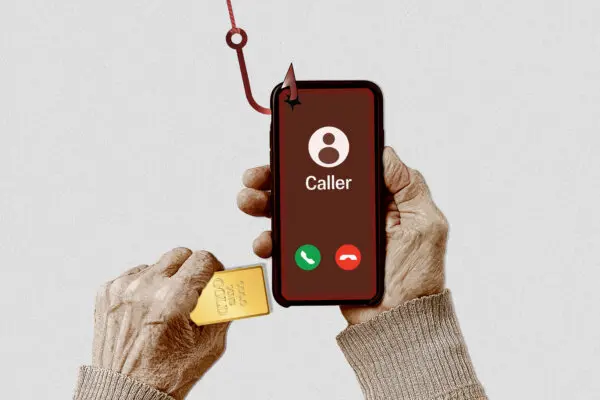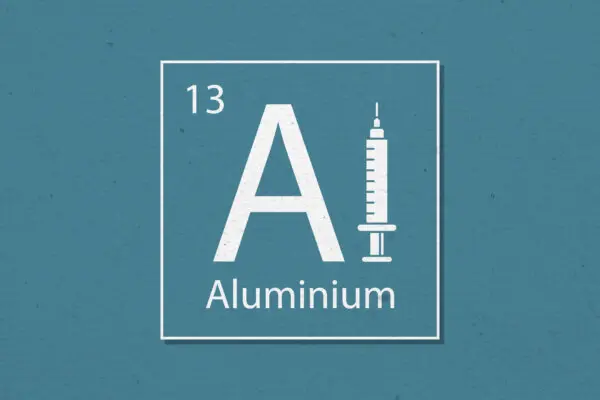Close your eyes and conjure up images of French cuisine. What do you see? Perhaps a busy little brasserie on the Left Bank of the Seine, or a patio along the bustling Boulevard Saint-Germain, or a perfect croque madame in the shadow of the Eiffel Tower. Yes, it’s true—especially in this Olympic year—Paris gets all the attention.
But ask anyone in France where they’ll find the culinary capital of the country, and they will reply very quickly: Lyon. France’s “second city,” down south, straddles two great rivers. It is surrounded by farms producing so many fresh ingredients, from poultry to cheese, and serves up some of the best food you’ll find anywhere. (People joke that the city’s third river is the nearby Beaujolais wine region, which is always flowing.)
